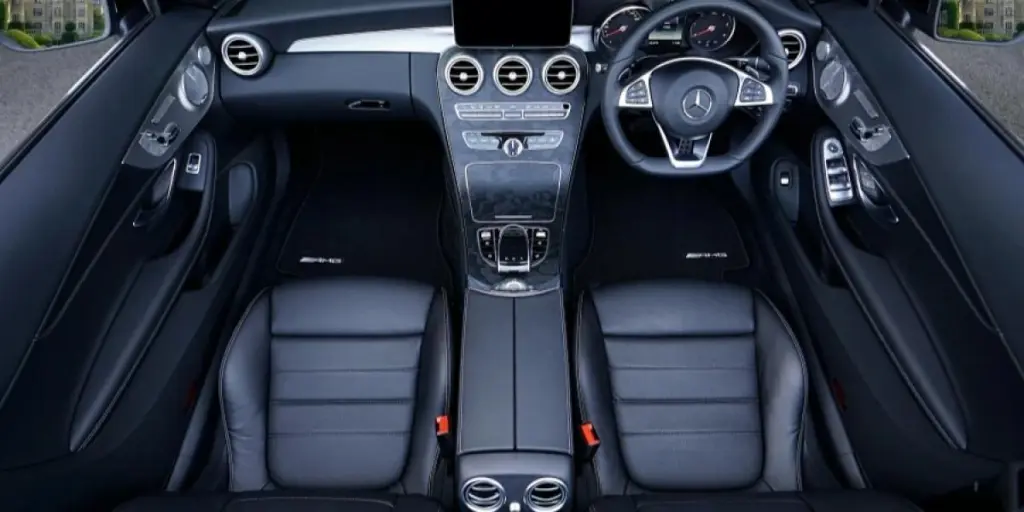Table of Contents
● Introduction
● Market overview
● Key technology and design innovations
● Top-selling models driving market trends
● Conclusion
Introduction
Car seat technology is undergoing a major transformation, with innovations that elevate comfort, safety, and connectivity to new levels. As the market expands, manufacturers are introducing advanced ergonomics, AI-powered climate control, and real-time health monitoring to enhance the driving experience. Premium models increasingly offer customisable options, such as massage functions and multi-position adjustments, catering to consumers seeking both luxury and functionality. At the same time, the industry is embracing sustainability, incorporating eco-friendly materials and lightweight designs to meet growing environmental concerns. These trends are driving market growth and setting new standards for what car seats can achieve, reshaping the future of automotive interiors.
Market overview

The global car seat market is projected to grow significantly in 2024, reaching $44.2 billion, up from $41.91 billion in 2023. According to Market Research Future, the market is expected to exhibit a compound annual growth rate (CAGR) of 6.1% through 2030, driven by the rising adoption of hybrid and electric vehicles, increased vehicle production, and technological advancements in smart seating. Asia-Pacific leads the market, with China, Japan, and South Korea major contributors due to high automotive production and adoption of innovative seat technologies.
Premium seating trends and sustainability efforts continue to shape the market landscape. According to Future Market Insights, the market for car seat accessories is valued at $5.46 billion in 2024 and is projected to reach $9.18 billion by 2034, with a CAGR of 5.3%. The growing use of eco-friendly materials, such as recycled fabrics and biodegradable foams, aligns with consumer demand for sustainable automotive solutions. In addition, regulatory standards in regions like Europe and North America are driving the adoption of advanced safety features, such as powered and heated seats equipped with integrated sensors. These features cater to the increasing need for comfort and occupant protection, highlighting the market’s focus on innovation and environmental responsibility.
The regional market dynamics reveal that Asia-Pacific dominates the global car seat industry, with China leading due to its extensive automotive manufacturing capabilities and adoption of smart seat technologies. According to Market Research Future, the region has the largest market share. China is projected to grow at a CAGR of 6.4% through 2030, driven by low production costs and technological advancements. In contrast, North America and Europe are witnessing steady growth due to stringent safety regulations and increasing consumer demand for luxury seating. The U.S. market, for instance, is expected to expand at a CAGR of 4.2% through 2034, fueled by the adoption of high-tech features and an emphasis on comfort and safety innovations. These regional differences underscore the diverse factors influencing car seat market growth worldwide.
Key technology and design innovations
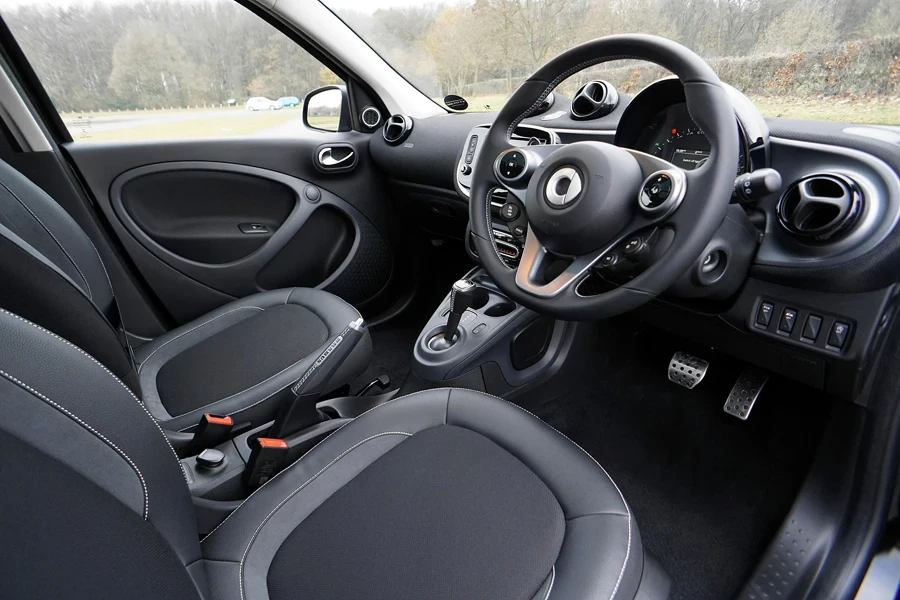
The evolution of car seat technology is reshaping vehicle interiors by prioritising comfort, safety, and sustainability. Key innovations in ergonomic design, smart features, advanced safety, sustainable materials, and modular configurations are setting new standards in automotive seating.
Ergonomic enhancements
Innovations in car seat design increasingly emphasise ergonomics to enhance comfort and health. Features like memory foam, adjustable lumbar support, and multi-position settings allow seats to adapt to the body’s natural contours, improving posture and reducing fatigue during long journeys. According to Market Research Future, such ergonomic features are becoming more common, particularly in luxury models, where long-distance comfort is a top priority. This focus on customised seating boosts comfort and improves safety by encouraging proper seating posture, which can reduce injury risks in accidents.
Smart technology integration
Car seats incorporate smart technology, including AI-driven climate control, health monitoring, and automatic posture adjustments. According to Automotive Quest, these innovations use sensors to manage seat temperature, track heart rate, and detect stress levels, providing a personalised experience for occupants. Connected seats that communicate with a vehicle’s system are also gaining popularity, automatically adjusting settings based on user preferences from previous trips. Health monitoring features, such as heart rate and posture sensors, enhance the driving experience by offering real-time feedback on the occupant’s well-being.
Advanced safety features
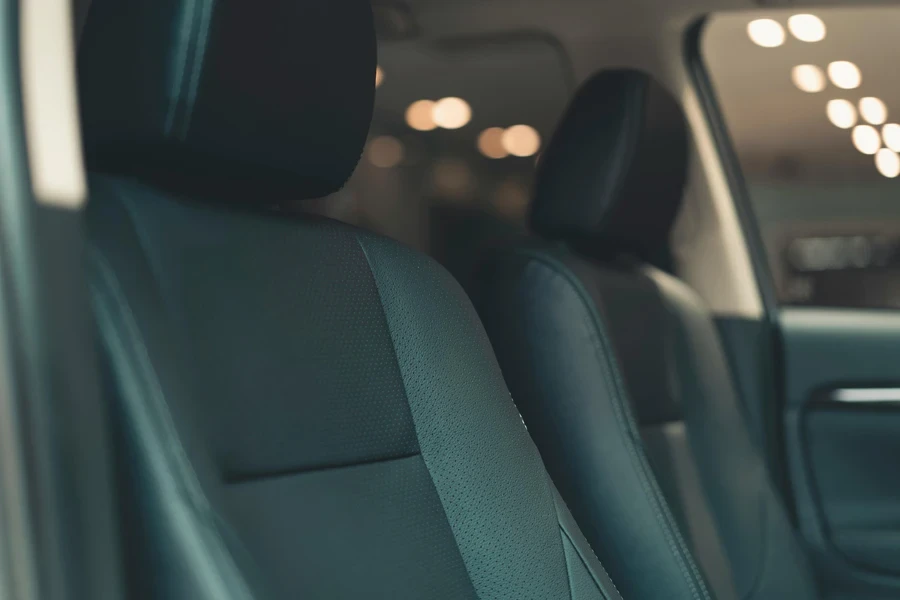
Safety advancements are transforming car seats with integrated airbags, energy-absorbing materials, and anti-whiplash systems. Verified Market Reports highlight that these innovations aim to distribute crash forces better, reducing the risk of injury during collisions. Side airbags and reinforced frames are incorporated to enhance protection in side-impact scenarios. Such features are becoming crucial as safety regulations tighten and consumer demand for safer vehicle interiors grows.
Sustainable materials
The push for sustainability drives the adoption of eco-friendly materials in car seat manufacturing. According to Future Market Insights, manufacturers increasingly use recycled fabrics like polyester and biodegradable foams to align with consumer demand for sustainable products. Lightweight materials are also being utilised to reduce vehicle weight, which lowers fuel consumption and carbon emissions, addressing environmental concerns in the automotive industry.
Modular and rotating designs
Modular and flexible seating configurations are becoming more prominent as the industry moves towards autonomous vehicles. Automotive IQ notes that features like 360-degree rotation and adaptable layouts are being developed to accommodate different driving scenarios, such as social settings or workspaces. These versatile designs reflect the shift from traditional driving roles to user-centric experiences, allowing vehicles to transform into multi-functional spaces catering to various passenger needs.
Top-selling car seats driving market trends
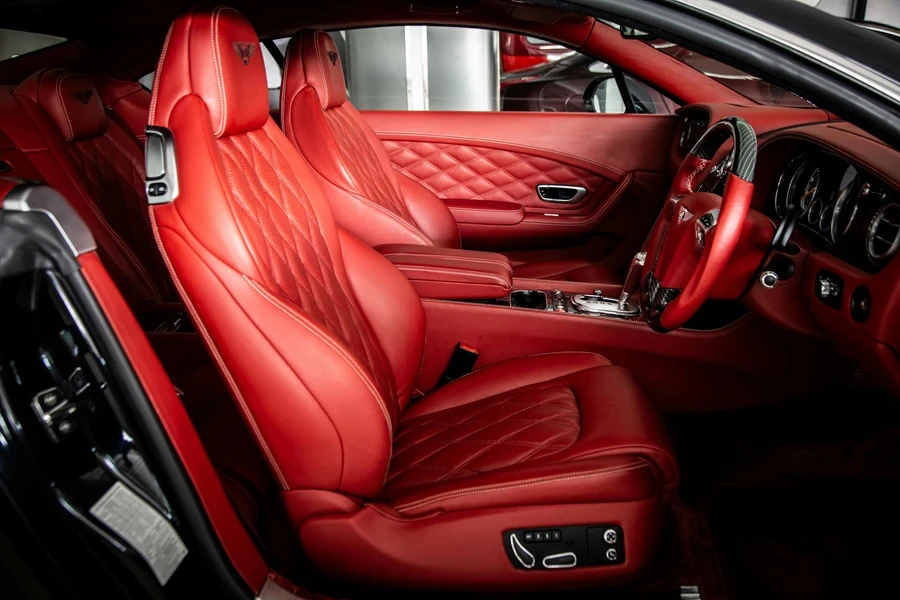
Top car seat models shape market trends by integrating advanced features that enhance comfort, safety, and sustainability. These models cater to various consumer needs, from luxury seating in high-end vehicles to innovative child safety seats and eco-friendly options, driving the evolution of automotive seating.
Premium comfort
Luxury vehicles are setting new benchmarks for seating comfort, with high-end models like the Lincoln Continental’s “Perfect Position” seats and Audi A8 leading the trend. These seats offer a range of customisable features, including massage functions, multi-zone climate control, and advanced lumbar support that adjusts in multiple directions for personalised comfort. According to Automotive Quest, such premium seats are becoming a standard expectation in the luxury segment, where consumers demand high levels of comfort and convenience for long-distance travel. This trend reflects a growing emphasis on the driver and passenger experience in premium vehicles, where seating plays a crucial role in overall cabin comfort.
Child safety seats
The market for child safety seats is evolving rapidly, with innovations prioritising ease of installation and enhanced safety features. Convertible models like the Graco 4Ever DLX and Cybex Sirona S focus on extended rear-facing use, are recommended for improved child safety, and have smart safety alerts that help ensure proper installation. Verified Market Reports say these advancements cater to stricter regulatory standards and increase consumer demand for user-friendly child car seats. Features such as load legs, which provide additional stability, and impact-absorbing materials are being integrated to reduce the risk of injury during collisions, making child safety seats a key area of innovation in the car seat market.
Smart car seats
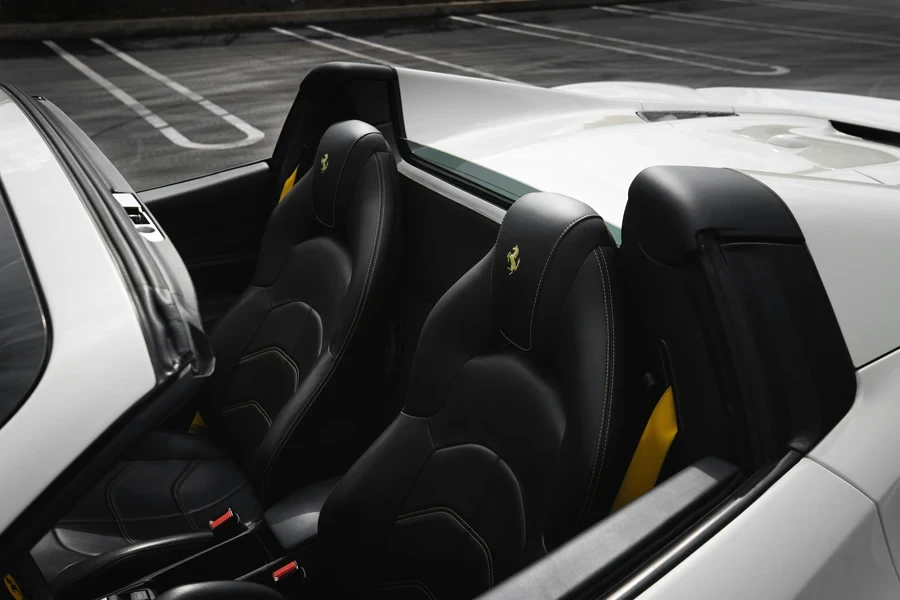
Smart technology integration in car seats is becoming a significant trend, with models like Faurecia’s smart seats and Clek’s Liing infant car seats incorporating features beyond traditional seating functions. These seats include haptic feedback, which provides tactile alerts to the driver, and load leg supports that help reduce rotational forces during an impact. According to Automotive IQ, real-time safety notifications and connected features are gaining popularity, offering alerts on seat positioning, occupant posture, and temperature regulation. The growing adoption of smart car seats highlights the market’s shift towards intelligent seating solutions that enhance safety and driving convenience.
Eco-friendly options
Sustainability is driving the development of eco-friendly car seats, with brands like Adient and Faurecia leading the way in using lightweight and sustainable materials. These manufacturers use multi-material construction, including bio-based foams and recycled textiles, to reduce seat weight and environmental impact. Future Market Insights notes that using such materials meets rising regulatory requirements and aligns with increasing consumer preferences for sustainable automotive products. This shift towards eco-friendly seating options reflects a broader trend in the industry to reduce the carbon footprint and promote environmentally responsible manufacturing practices.
Conclusion
Car seat technology is undergoing significant advancements, with innovations increasingly focused on enhancing safety, comfort, and sustainability. As the industry evolves, features such as ergonomic designs, smart integrations, and eco-friendly materials are central to new models, catering to changing consumer expectations. Premium seats with massage functions, health monitoring, and real-time safety alerts are settisetdards, particularly in luxury vehicles. In contrast, child safety seats continue to improve with smart installation aids and impact-absorbing materials.
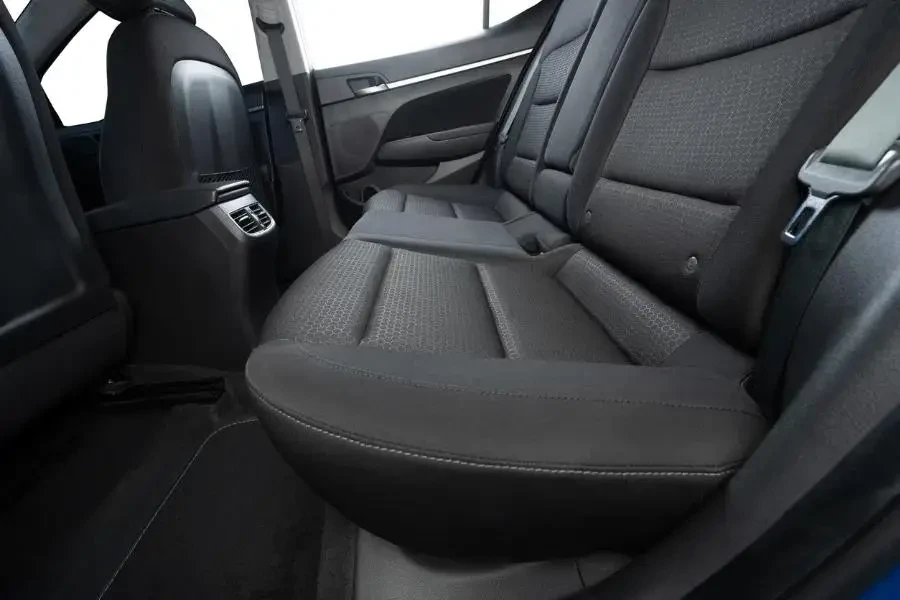
Manufacturers are also prioritising sustainable practices, incorporating recycled and lightweight materials to reduce the environmental impact of car seats. These developments enhance the driving experience and align with global trends towards greener and more connected mobility solutions. As car seat technology advances, it will play a crucial role in shaping the future of automotive interiors, driving the industry forward in response to regulatory changes and shifting market demands.
